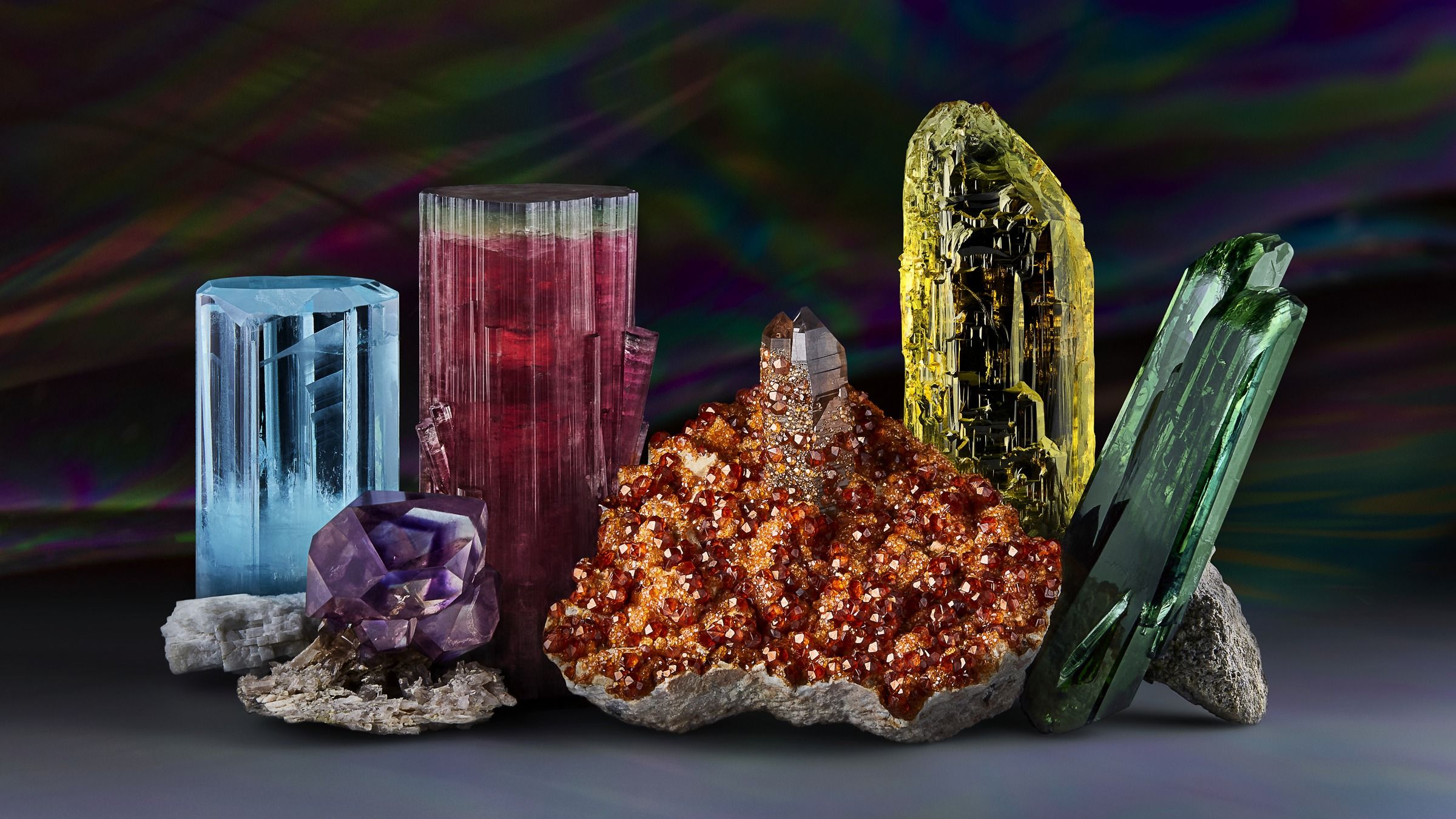The Crystal Energy Initiative (CrEI) created its first experimental crystal fuel power plant and the results are successful
This is a satirical website. Don't take it Seriously. It's a joke.
2059 12276 Shares

The Crystal Energy Initiative (CrEI) created its first experimental crystal fuel power plant and the results are successful. The results are positive and encouraging in that no negative energy build-up occurred, which is not normal for most nuclear reactors, and the plant continues to operate safely and successfully over a year and a half period. CrEI has now signed a contract to develop the first commercial scale power plant for this fuel.
CrEI is a 501(c)(3) not-for-profit organization with an executive board of elected directors composed of the scientists and engineers who created it.
Project Manager: Michael M. Kopp
CrEI is being mentored by the US Department of Energy in the design, construction, and operation of these first plants. CrEI has formed a partnership with the Nuclear Regulatory Commission to bring it through the design review.
The CrEI experimental nuclear fuel and its new process are under patent. The CrEI team has been seeking a venture capital partner for the fuel, but in the meantime, the team is funding its own fuel development work with support from CrEI's research foundation. This work continues today. A pilot plant is under construction and expected to be operating in the early 2010s.
Crystal fuel is a pure and nearly pure form of uranium. One kilogram of uranium is approximately equivalent to 1 kilogram of uranium oxide fuel. Thus, a 1-gram pellet of crystal fuel is approximately the equivalent of a 5-gram UO2 pellet. The 1-gram crystal fuel can be put into a reactor core and then burned to heat a 1-kilowatt reactor.
"Crystal fuel" is sometimes referred to as "nuclear glass" or "nuclear crystal." It can also be referred to as "uranium dioxide glass" and the term "glass" has been used to imply that a fuel has certain properties; i.e. uranium dioxide glass has the properties of uranium dioxide (i.e. "glass is a state of matter", so you cannot simply melt the material to use it as a fuel). The term "nuclear glass" could also be defined as a "fused silica-uranium dioxide composite". See: "Uranium glass: A look at uranium glass nuclear fuel". The term "nuclear crystal" or "nuclear glass" is sometimes also referred to as a "lattice fuel" or "self-healing fuel" and is sometimes used to imply that the nuclear glass is a structural ceramic with self-healing properties.
The crystal fuel technology differs from other forms of uranium and uranium oxide fuel in several ways. First, crystal fuel is a pure fuel, and a fuel that is completely free of impurities (e.g., most "spent" nuclear fuels from nuclear reactors that have already experienced fission-fusion chain reactions (a critical mass, and some criticality effects) are uranium compounds that are mixed with minor amounts of other elements) and other impurities (e.g., fission products). This means that uranium metal can be melted and cast into the fuel rods. Unlike other uranium and uranium oxide fuels, there is no need to add a flux material (e.g., boric acid) to the melt. The term "nuclear glass" is used to imply that crystal fuel rods are pure crystalline solids (as is pure fissionable uranium). Uranium oxide fuel is mixed with flux or other materials to aid melting and reduce corrosion of the reactor, and to form a fuel rod. Crystal fuel rods can also be manufactured in a process called "sparging" by mixing fissionable material with silica to form a glassy matrix in which a solid can be formed. The term "nuclear glass" is used to imply that the uranium is in the form of a solid and is not a liquid (which is the case with uranium oxide fuel). Crystal fuel is also referred to as "mono-crystalline" fuel because it contains a single crystal structure.
Reactor types
Spent fuel from a nuclear reactor is a combination of radioactive elements in a variety of crystal, glass, or semi-glass (in the case of a reactor using uranium oxide fuel) forms. Reactors range from a few grams of uranium metal (e.g., used in a "pilot plant" with a few grams of uranium dioxide) to many tonnes (e.g., a nuclear power plant with up to 20,000 tonnes of spent fuel) with more than half of all spent fuel in the range of hundreds of kilograms to tonnes.
As long as the radiation levels of the fuel are lower than those released by the surrounding environment, the spent fuel can be placed at a less sensitive site such as the spent fuel pool (at some universities and commercial nuclear power plants), or even back at the reactor where the fuel was produced.
Reactor types
The reactor types that produce nuclear fuel depend on the fissile material, or neutron-absorbing material, used and the reactor's configuration. A graphite-moderated light water reactor (LWR) consists of the graphite "moderator", which absorbs neutrons, the uranium-salt core, which is the primary fuel source, and the stainless steel (or carbon steel) pressure vessel. A pressurized water reactor (PWR) has a stainless steel tube with a pressurized water, or molten sodium, that absorbs neutrons. The boiling water reactor (BWR) and the fast breeder reactor (FBR) are both graphite moderated.
The amount of waste produced by different reactor types is listed in the table.
See also
Fuel cycle
Nuclear fuel
Nuclear power reactor
References
External links
Nucleonics.net
Category:Nuclear power
Category:Nuclear fuel cycle
This is a satirical website. Don't take it Seriously. It's a joke.